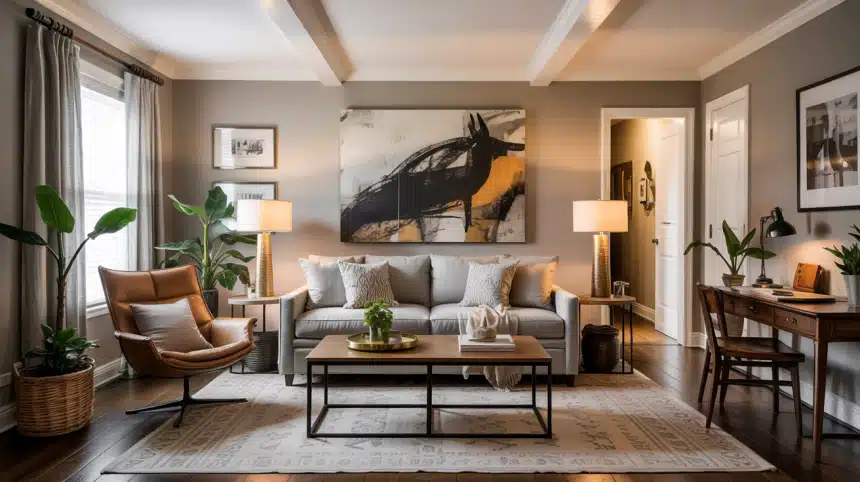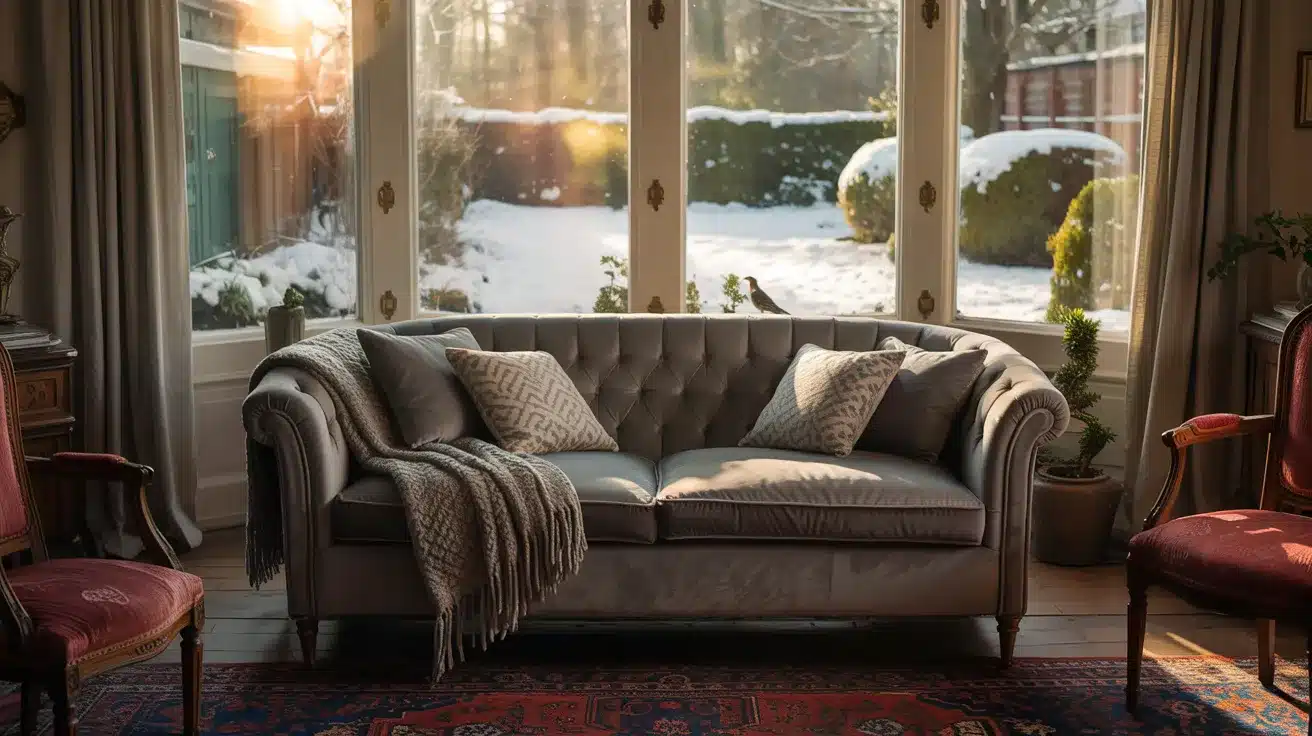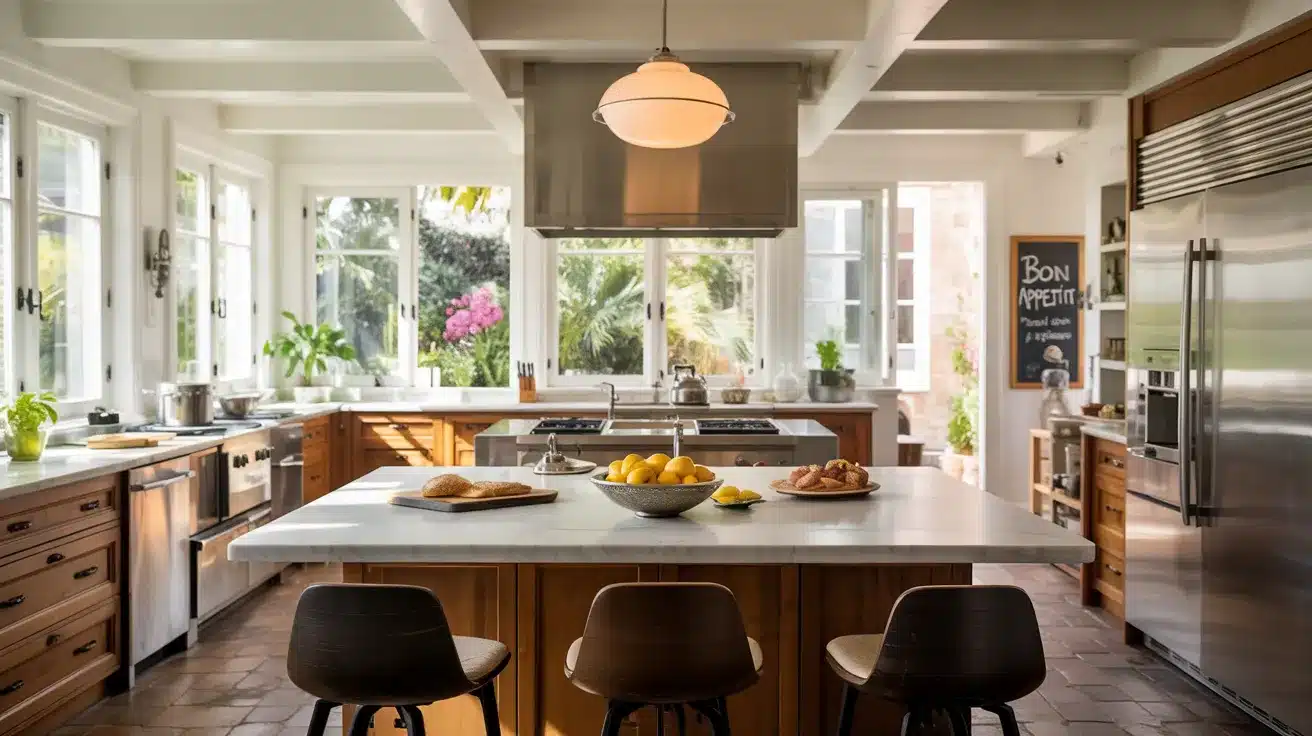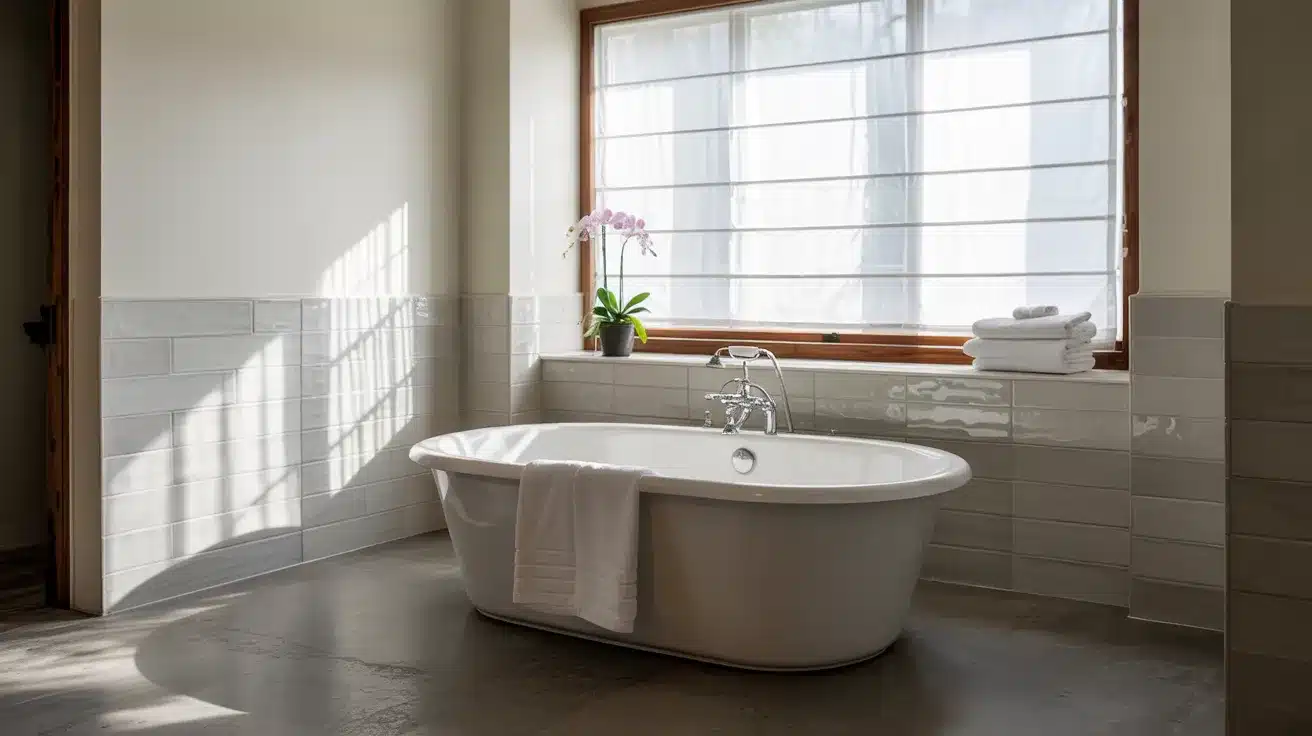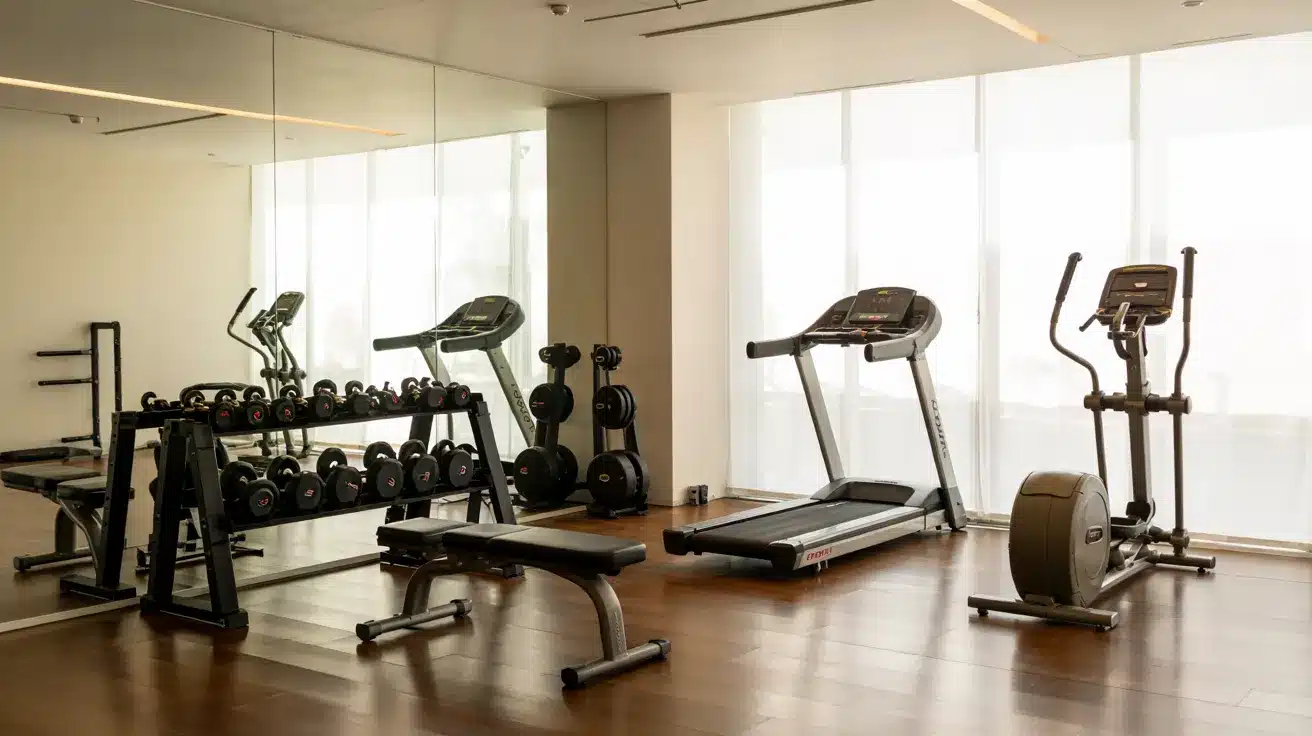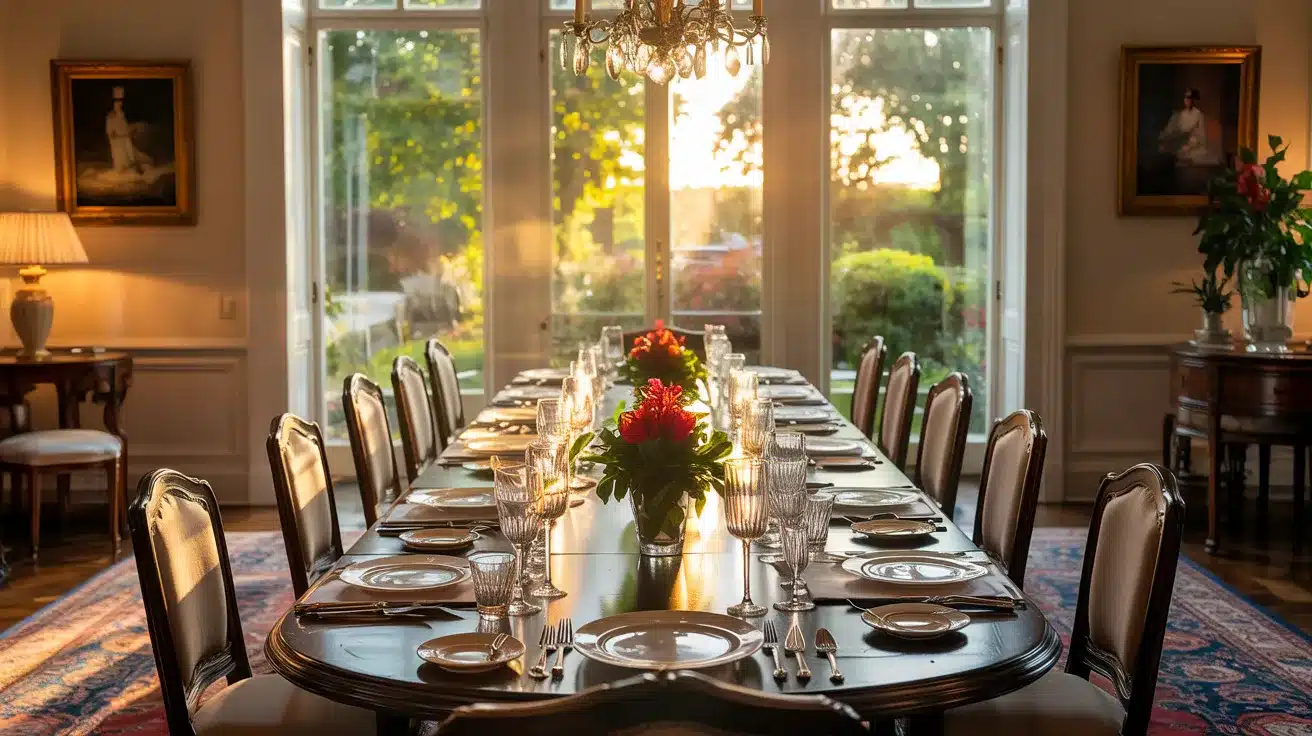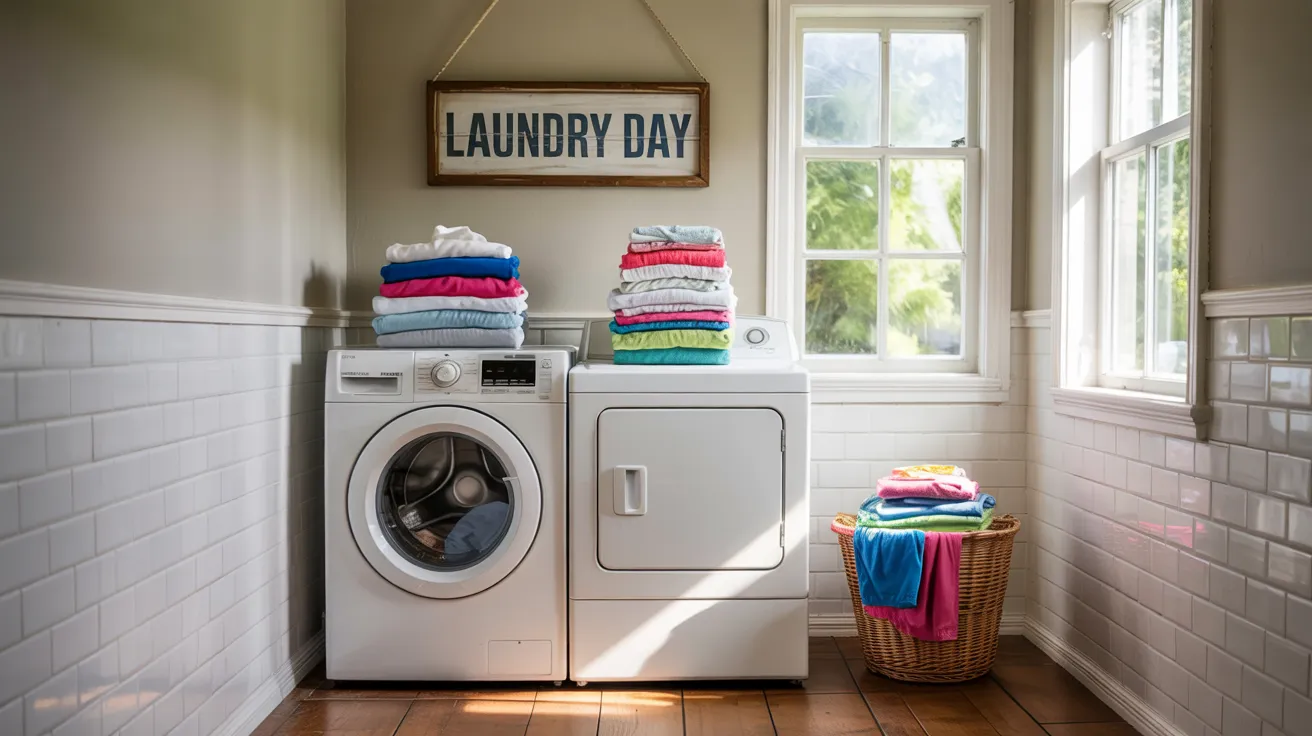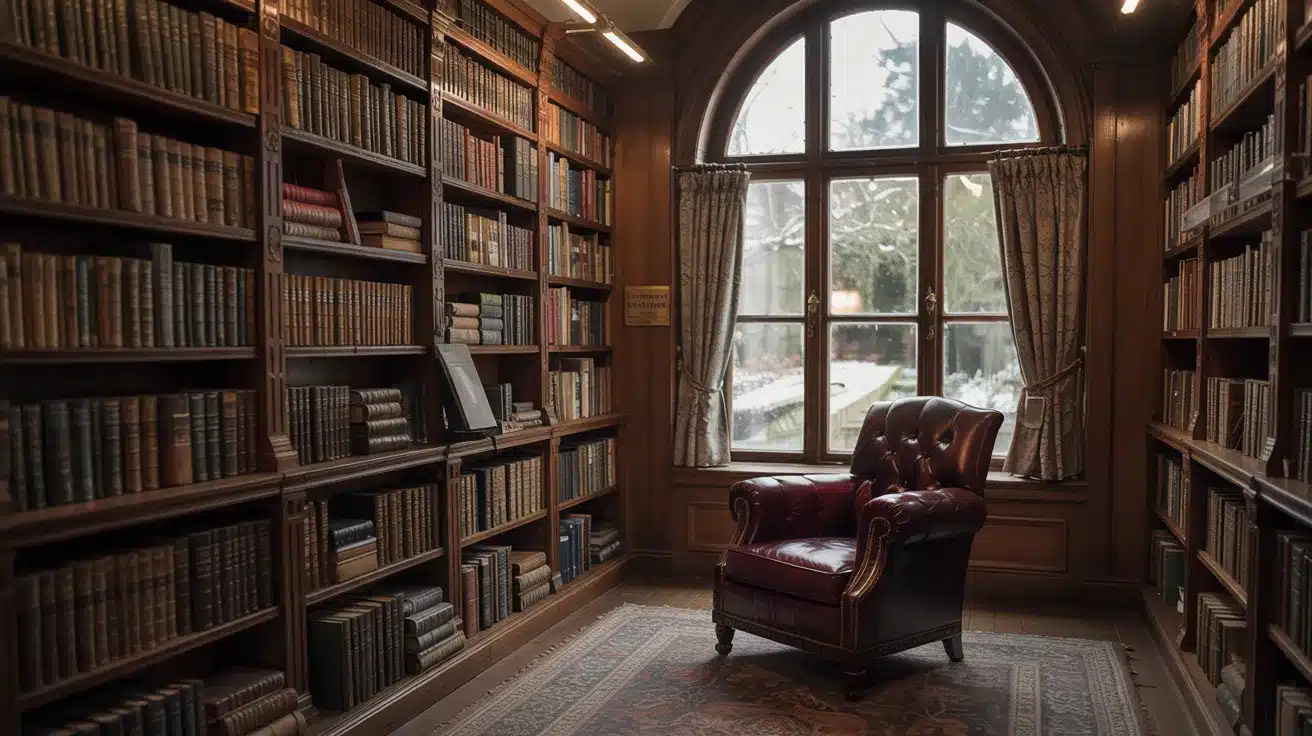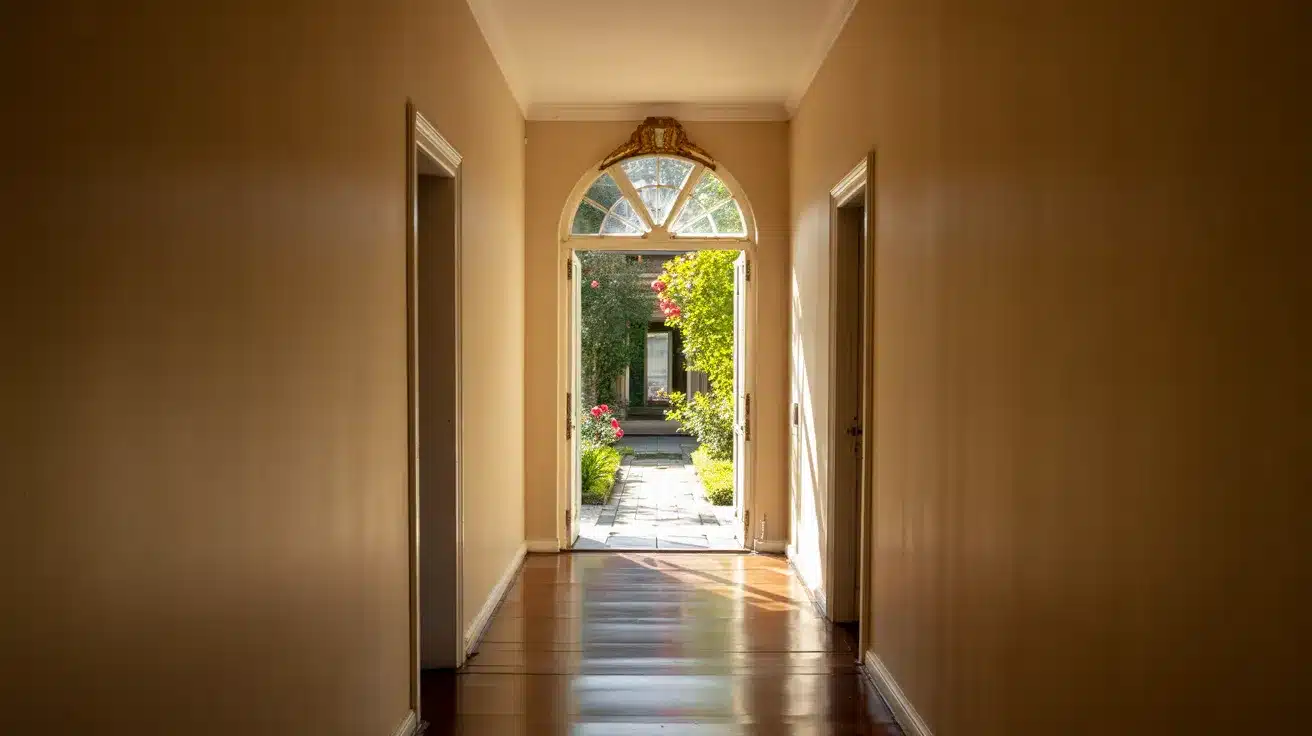Have you ever walked into a house and felt drawn to a specific room? Each space in our homes serves a purpose that fits our daily needs and moods. Some rooms make us feel cozy and relaxed. Others help us focus and get work done.
What makes a kitchen different from a bedroom isn’t just the furniture. It’s how we use these spaces each day.
While most homes share common rooms, such as kitchens and bathrooms, the way we use them can vary widely. A dining room might become a home office. A spare bedroom can be transformed into a craft area.
Your home’s rooms reflect who you are and how you live. They change as your needs shift. Let’s look at the main types of rooms you’ll find in most houses and what makes each one special.
Why Room Design Matters?
Room design shapes how we use and feel in our spaces every day. When a room is well-organized, daily tasks become easier and more enjoyable.
Good design begins with considering how you use each space. A kitchen needs work areas and storage that match your cooking style. A bedroom should help you sleep well.
The flow of a room matters too. You should be able to move easily from one spot to another without odd paths or blocks. This makes the space work better for all who use it.
Style plays a big role in how rooms make us feel. Colors can calm or energize us. Textures add warmth and interest. Light affects both function and mood.
Different Types of Rooms in Your Home
Every space in your house has a special role to play in your daily life.
1. The Heart of the Home – The Living Room
The living room is where family and friends gather. It hosts movie nights, game days, and good talks. Most have comfy seating and a TV or fireplace as the focal point.
What makes a living room special is that it serves as the main gathering spot for the family to welcome guests. It serves as both a restful and enjoyable space, showcasing your home’s style. Colors set the mood – light ones for space, dark ones for warmth.
Your living room serves multiple purposes:
- A place to relax and watch TV or movies
- A social hub for visiting with friends and family
- A cozy spot for reading or quiet time
- A flexible space that changes with your daily needs
Personal touches, such as photos, books, and keepsakes, make this room truly yours. Good lighting helps create the right feel for different times of day and activities.
Enhance your living room's appeal with these 31 Unique Pop Design Ideas to Make Your Living Room Stand-Out.
2. A Place of Rest – The Bedroom
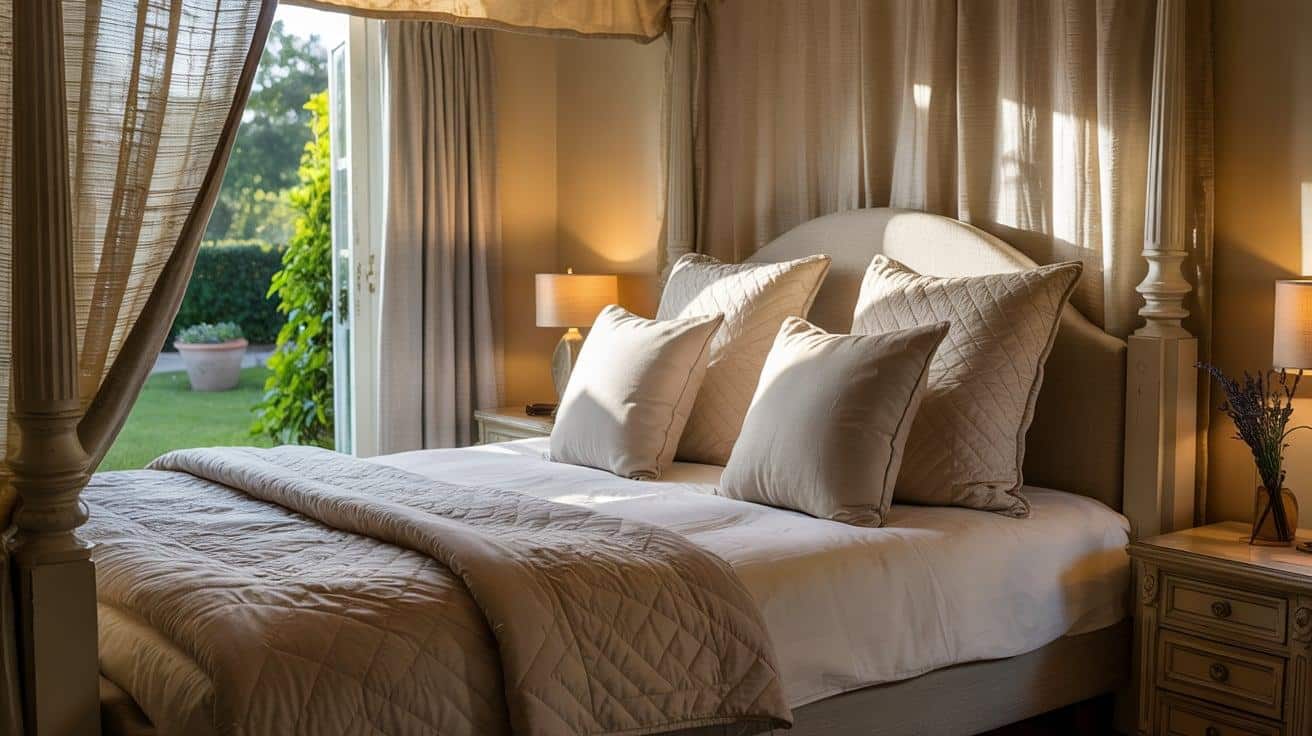
Your bedroom should help you sleep well and promote a sense of calm and tranquility. It’s your private spot away from the busy parts of life. This space should reflect who you are while still helping you rest.
The right bed makes all the difference in how you sleep. Select one that suits your space and supports your body comfortably. Good bedding adds both comfort and style to the room.
Key bedroom elements to consider:
- A mix of lighting for different moods and tasks
- Storage solutions that keep clutter at bay
- Window treatments that block light for better sleep
- Colors and textures that help you feel relaxed
- A layout that allows easy movement around the room
A well-designed bedroom becomes your retreat. It’s worth taking time to make this space work for your needs.
3. The Creative Hub – The Home Office
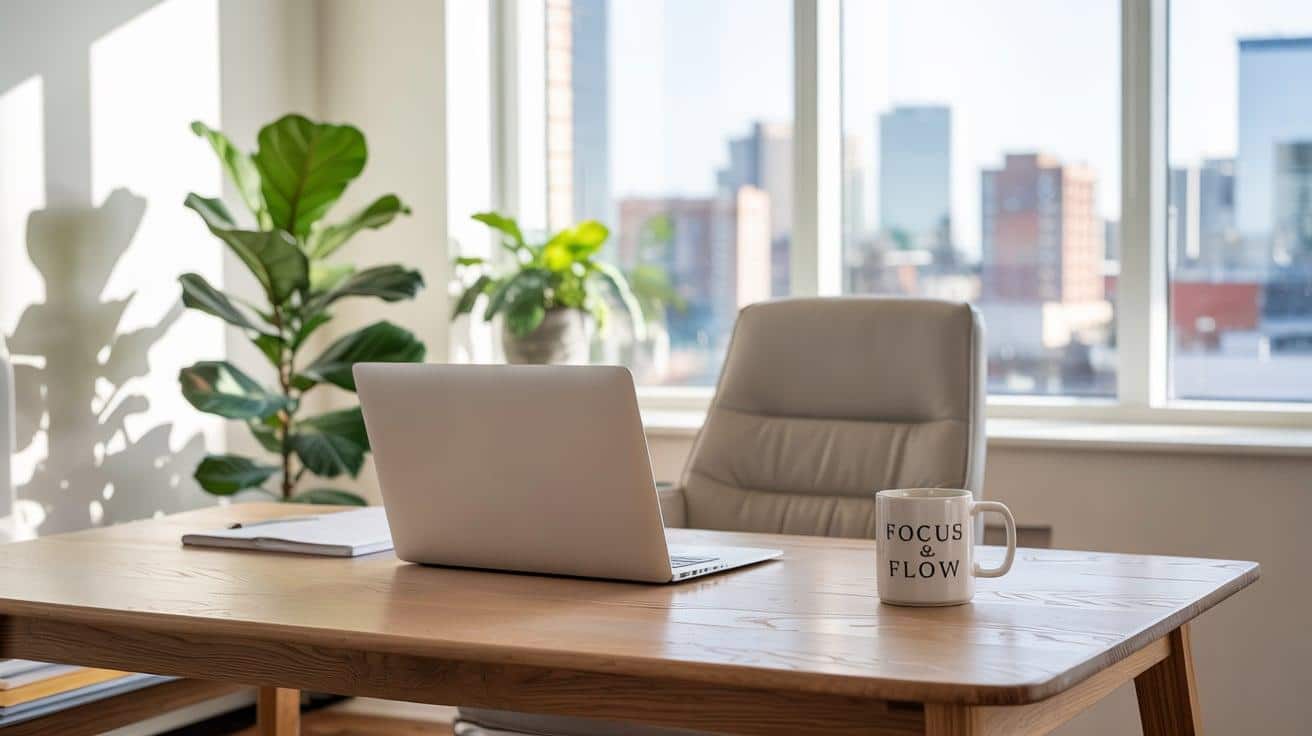
More people work from home now than ever. A good workspace helps you stay on task and be more focused. Even a small corner can be effective if it’s set up correctly.
The line between home and work can become blurred when both occur in the same location. A desk area helps create a mental shift when it’s time to focus on tasks.
Home office essentials include:
- A desk that fits your space and work style
- A chair that keeps you comfortable for hours
- Good lighting to reduce eye strain
- Storage for work items and papers
- Tech setup that meets your job needs
Place your work area near a window, if possible, to allow it to receive natural light. This helps improve mood and makes video calls appear more professional. Plants add life to the space and help clean the air.
4. The Culinary Playground – The Kitchen
Kitchens are for more than just cooking. They’re where we try new foods, chat while we cook, and often eat quick meals. Many family stories start around the kitchen counter.
A good kitchen layout makes cooking easier and more fun. Consider how you move when cooking and arrange your workspace to match your natural flow.
What makes a kitchen work well:
- Enough counter space for food prep
- Smart storage for tools and ingredients
- Good lighting over work areas
- Seating for quick meals or coffee breaks
- Durable, easy-to-clean surfaces
Kitchens often become the social center of a home. People tend to gather there during parties, and family members catch up while meals are being made.
5. The Retreat – The Bathroom
The bathroom has changed from just a place to wash to a space for rest and self-care. Modern bathrooms offer a perfect balance of function and comfort, making daily routines more enjoyable.
Good lighting and ventilation are must-haves for any bathroom. They help prevent mold and make tasks like shaving or makeup easier to do well.
Bathroom features that make a difference:
- A shower or tub that fits your daily habits
- Storage for towels, toiletries, and cleaning items
- Non-slip flooring for safety
- A mirror with good lighting
- A fan that removes moisture quickly
Even small bathrooms can feel luxurious with the right touches. Soft towels, nice soaps, and a few plants can make the space feel like a mini spa at home.
6. The Energizing Space – The Home Gym
Having a spot for fitness at home makes it easier to stay active. You can work out at your convenience, without the need for travel time to a gym or club.
Your home gym can be as simple as a yoga mat in a spare corner or as comprehensive as a room filled with various types of equipment. What matters is that it works for the way you like to move.
What to think about for your home gym:
- Flooring that can handle impact and sweat
- Enough space to move safely
- Storage for your gear and weights
- Good air flow and cooling options
- A way to watch workout videos if needed
Setting up even a small workout area can help you build better health habits. When exercise gear is readily available, you’re more likely to use it frequently.
7. For the Little Ones – The Nursery and Kids’ Rooms
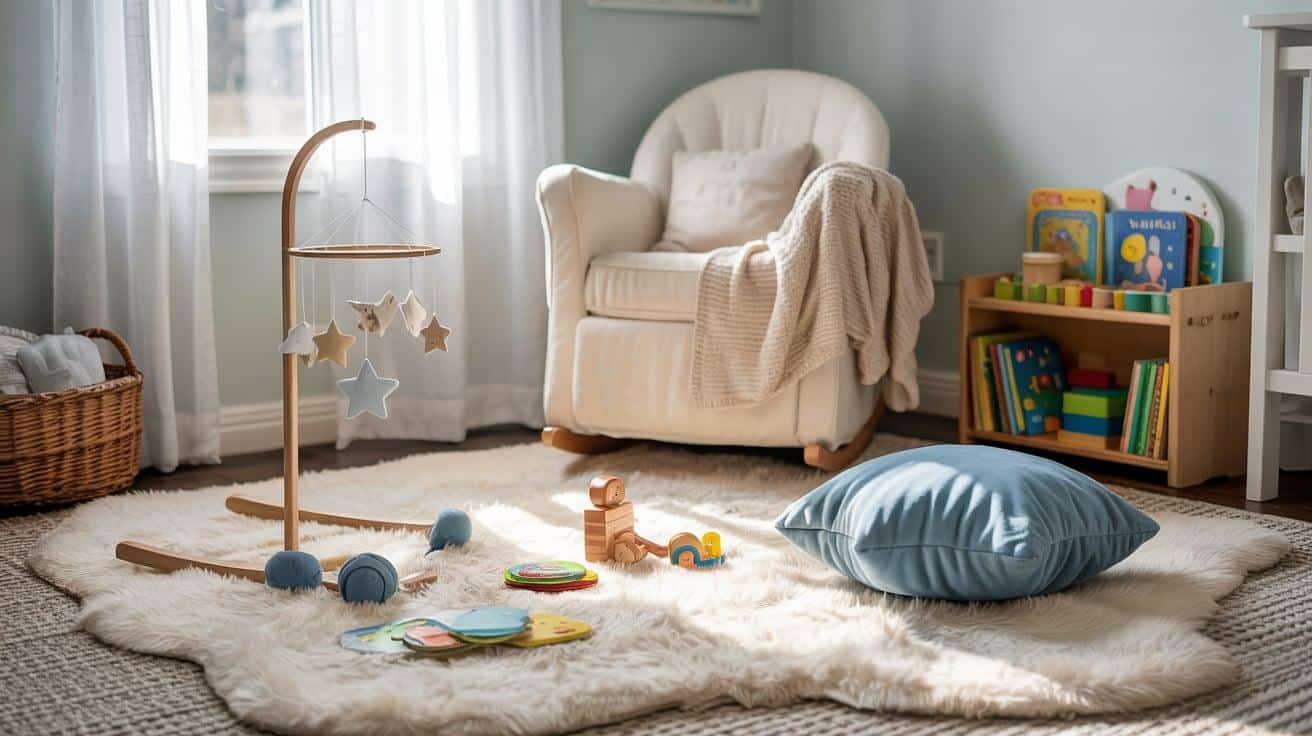
Creating a space for children means considering both fun and functionality. These rooms need to grow with kids and accommodate a lot of play and mess.
A good kids’ room helps with both sleep and play. It should be safe, easy to clean, and set up to help children learn to pick up after themselves.
Kids’ room planning points:
- Storage that’s easy for little hands to use
- Sturdy furniture that can take rough play
- Soft flooring for crawling and playing
- Safety features like outlet covers and tip-proof furniture
- Themes or colors that kids enjoy
Let kids help pick some items for their rooms. This gives them a sense of ownership and makes the space feel special to them.
8. A Space for Gathering – The Dining Room
The dining room brings people together over meals and talks. It’s where families share their days and friends gather for special events.
This room can be either formal or casual, depending on your family’s style. What matters is having a place set aside for sitting down to eat together.
Dining room basics include:
- A table sized for your family, plus a few guests
- Comfortable chairs that invite people to linger
- Lighting that creates a pleasant mood
- Enough space to move around the table easily
- Storage for dishes, linens, and serving items
Even if you use this room only for special times, it helps create moments that become lasting memories for family and friends.
9. The Storage Solution – The Laundry Room
The utility room might not be the most exciting space, but it’s one of the most helpful. This room keeps your home running smoothly by housing cleaning tools and laundry gear.
A well-planned utility room saves you time and stress. When everything has its place, daily chores become much easier to manage.
Utility room must-haves include:
- A washer and dryer with room to sort clothes
- Shelves for detergents and cleaning supplies
- A small sink for hand washing or stain treatment
- Hooks for hanging items to dry
- Bins for sorting items by color or fabric type
Even small homes can carve out a utility nook in a hallway or kitchen. A stacked washer-dryer with a slim shelf beside it might be all you need.
10. The Cozy Nook – The Reading Room or Library
A reading nook gives you a quiet place to escape into books. It can be a whole room or just a comfy chair in a quiet corner of your home.
The perfect reading spot makes you want to sit down and stay for a while. Good light, a place for your drink, and nearby books are all it takes.
What makes a great reading space:
- A comfortable chair or a small sofa
- A lamp that gives enough light for reading
- A small table for drinks or snacks
- Shelves or baskets for your current books
- A soft blanket for chilly days
Many book lovers say having a set reading spot helps them read more often. The space becomes linked with relaxation and pleasure in your mind.
11. The Extra Touch – The Hallway
Hallways do more than connect rooms. They set the tone for your home and can offer storage in tight spaces.
A well-styled hallway makes moving through your home more pleasant. It’s worth taking time to make these pass-through spaces look good.
Hallway ideas to try:
- Wall hooks for coats, bags, and keys
- A narrow table for mail and small items
- Mirrors to make the space feel larger
- Art or photos that show your style
- Good lighting for safety and mood
Hallways often have unused wall space that’s perfect for family photos or art collections. These spaces can tell your story to everyone who visits.
Personalizing Your Space
Making your house feel like home means adding personal touches to each room. Personal touches transform plain spaces into places that tell your story.
- Display items that matter to you – Photos of loved ones, souvenirs from trips, or family heirlooms all add meaning to your rooms. Even one special item can transform the way a space feels.
- Choose colors that speak to you – Paint is one of the easiest ways to change a room. Choose shades that make you feel good, not just what’s in style at the moment.
- Mix old with new – Blend a few older or vintage pieces with newer items. This adds depth and makes spaces feel more lived-in and real.
- Add plants or natural elements – Living things bring life to rooms. Even if you don’t have a green thumb, simple plants or fresh flowers can make a space feel fresh.
- Layer textures for comfort – Soft throws, different fabric types, and varied materials make rooms more inviting. Consider how things feel, not just how they appear.
- Create small, meaningful spots – A reading corner with your favorite books or a coffee station with mugs you love can turn everyday moments into small joys.
The goal isn’t a perfect room from a magazine but a space that feels right to you when you walk in the door.
Conclusion
Every room in your home tells part of your story. From the busy kitchen to the quiet bedroom, each space plays its role in your daily life.
The best homes aren’t about following rules. They’re about making spaces that fit how you live. Perhaps your dining room also serves as a craft space. Possibly, your living room has a designated work area.
What matters is that your rooms work for you. Small touches, such as family photos, favorite books, or cherished items, make a space truly yours.
As you think about your own home, focus on how each room makes you feel. Do you smile when you walk in? Does it help you do what you need to do? If so, you’ve created more than just rooms—you’ve made a home that truly fits your life.

